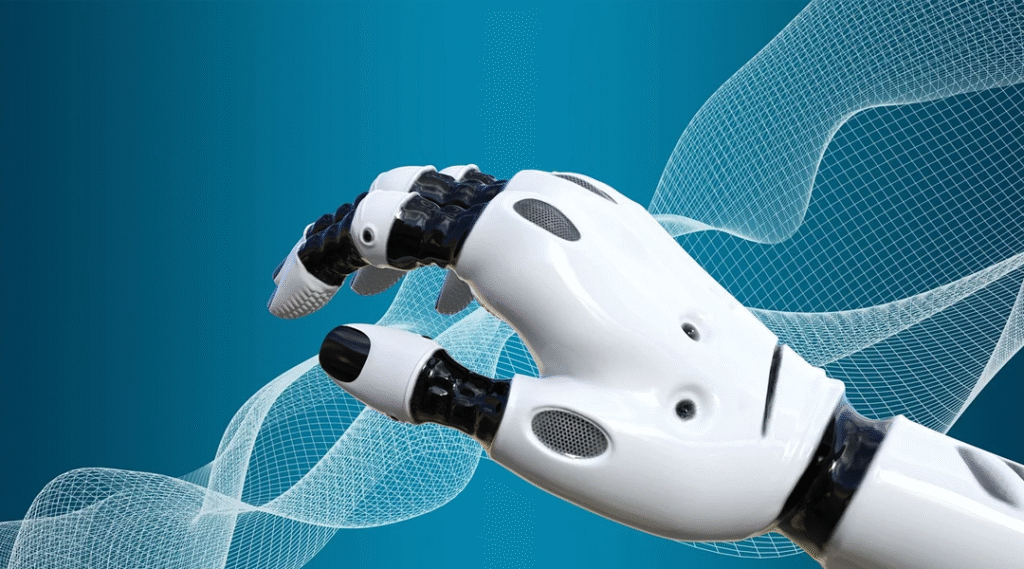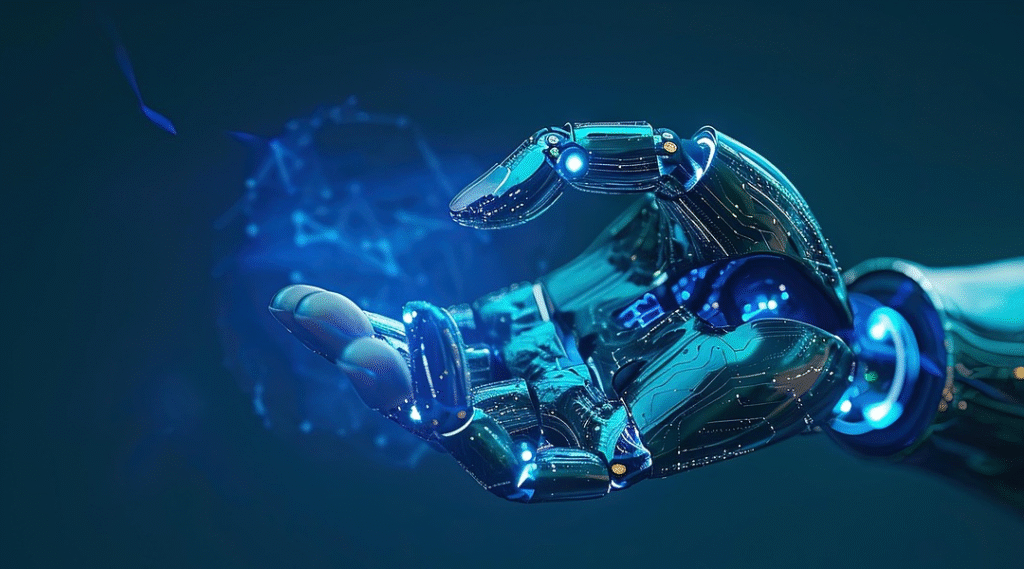In an era defined by rapid technological advancement and global competition, manufacturing companies face mounting pressure to enhance productivity, ensure worker safety, and maintain flexibility. Collaborative robots—commonly known as “cobots”—have emerged as a compelling solution, blending human ingenuity with machine precision. As the manufacturing landscape evolves, cobots are not only reshaping factory floors today but are positioning themselves as the linchpin of tomorrow’s industry.
Defining Collaborative Robots
Unlike traditional industrial robots that operate within safety cages and require complex programming, cobots are designed to share workspace with human operators. They feature advanced sensors, force-limiting technology, and intuitive interfaces that allow real-time interaction and adjustment. Manufacturers can deploy cobots for tasks ranging from pick-and-place and quality inspection to machine tending and assembly—without the need for extensive safety fencing or specialized infrastructure.
Driving Productivity and Quality
At the core of any manufacturing operation lies the need to balance throughput with precision. Cobots excel in this regard by performing repetitive or ergonomically challenging tasks with unwavering consistency. A typical example is final-mile assembly, where small variances can lead to product defects or rework. By handling such tasks, cobots free human operators to focus on higher-value work—such as process optimization, complex assembly, or troubleshooting—thereby elevating overall line efficiency and reducing cycle times.
Moreover, cobots’ built-in quality-control routines can detect anomalies in real time, flagging issues before they escalate. This closed-loop approach to inspection not only improves first-time yield but also supplies manufacturers with actionable data to refine processes and reduce waste.
Enhancing Worker Safety and Satisfaction
Manufacturing environments often expose workers to fatigue-inducing tasks or hazardous conditions. Cobots alleviate these concerns by taking on heavy lifting, high-frequency motions, and exposure to potentially harmful substances. By partnering with collaborative robots, human workers can perform their duties in a safer, more ergonomic setting—leading to reduced injury rates and lower absenteeism.
Equally important is the impact on job satisfaction. When freed from mundane chores, employees can engage in skill development, problem solving, and innovation. This shift not only boosts morale but also cultivates a culture of continuous improvement, where human expertise and robotic reliability combine to drive competitive advantage.
Flexibility and Scalability for Modern Lines
One of the paramount challenges in today’s market is demand volatility. Product cycles are shorter, and customization is increasingly the norm. Traditional automation often struggles to pivot quickly when production schedules or product variants change. In contrast, cobots offer modularity and ease of redeployment. A single cobot can be reprogrammed in hours—rather than days or weeks—to handle a new product or process. This adaptability reduces capital expenditure on dedicated tooling, accelerates time to market, and aligns production capacity with actual demand.
Additionally, cobots integrate seamlessly with existing manufacturing execution systems (MES) and enterprise resource planning (ERP) platforms. Through unified dashboards and analytics, plant managers gain real-time visibility into line performance, enabling proactive maintenance and data-driven decision making.
Overcoming Adoption Barriers
Despite their advantages, cobots face adoption hurdles. Initial capital costs, albeit lower than traditional robots, can still deter small and medium-sized enterprises (SMEs). Furthermore, workforce resistance may surface due to concerns about job displacement. To mitigate these challenges, manufacturers should adopt a phased implementation strategy—starting with pilot projects that target high-impact, low-complexity tasks. Demonstrating measurable gains in productivity and safety can build internal buy-in and justify further investment.
Training also plays a pivotal role. Upskilling workers to program, maintain, and optimize cobots ensures that the human workforce remains indispensable. Many robotics suppliers now offer user-friendly programming tools and on-site training programs, which accelerate workforce readiness and project ROI.
The Path Forward: Human-Robot Synergy
Looking ahead, the evolution of Industry 4.0 will deepen the symbiosis between humans and collaborative robots. Advances in artificial intelligence, computer vision, and edge computing will empower cobots to perceive complex environments, learn from human demonstrations, and adapt autonomously to new tasks. Swarm robotics concepts may further revolutionize manufacturing by orchestrating teams of cobots that self-organize to tackle large-scale assembly or logistics challenges.
For manufacturers, the strategic imperative is clear: embracing collaborative robotics not as a replacement for human talent, but as an amplifier. By combining human creativity, problem-solving, and dexterity with robotic stamina, speed, and precision, businesses can achieve unprecedented levels of performance and resilience.
More Than Just the Next Wave of Automation
Collaborative robots represent more than just the next wave of automation—they are the foundation for a new manufacturing paradigm. In an environment where agility, quality, and worker well-being are paramount, cobots deliver tangible benefits that traditional automation cannot match. By thoughtfully integrating cobots into their operations and investing in workforce development, manufacturers can secure a competitive edge and build factories that are not only smarter, but also more humane. Indeed, collaborative robots are not just the future of manufacturing—they are its present, driving us toward a more efficient, flexible, and sustainable industrial ecosystem.
More you may like:
Humanoid Robotics Face-Off: Assessing Tesla Optimus and Its Top Competitors
As for in-depth insight articles about AI tech, please visit our AI Tech Category here.
As for in-depth insight articles about Auto Tech, please visit our Auto Tech Category here.
As for in-depth insight articles about Smart IoT, please visit our Smart IoT Category here.
As for in-depth insight articles about Energy, please visit our Energy Category here.
If you want to save time for high-quality reading, please visit our Editors’ Pick here.



